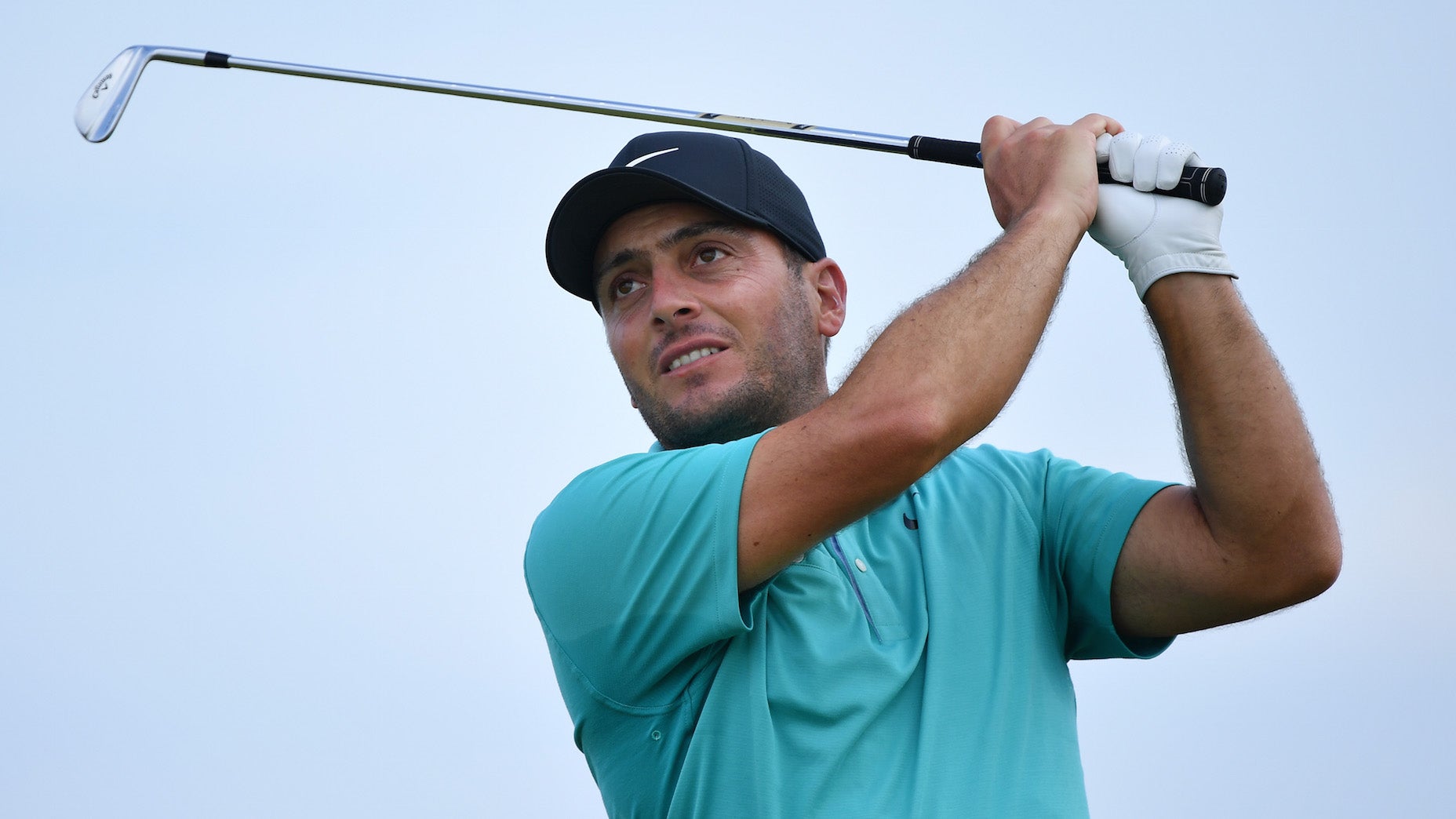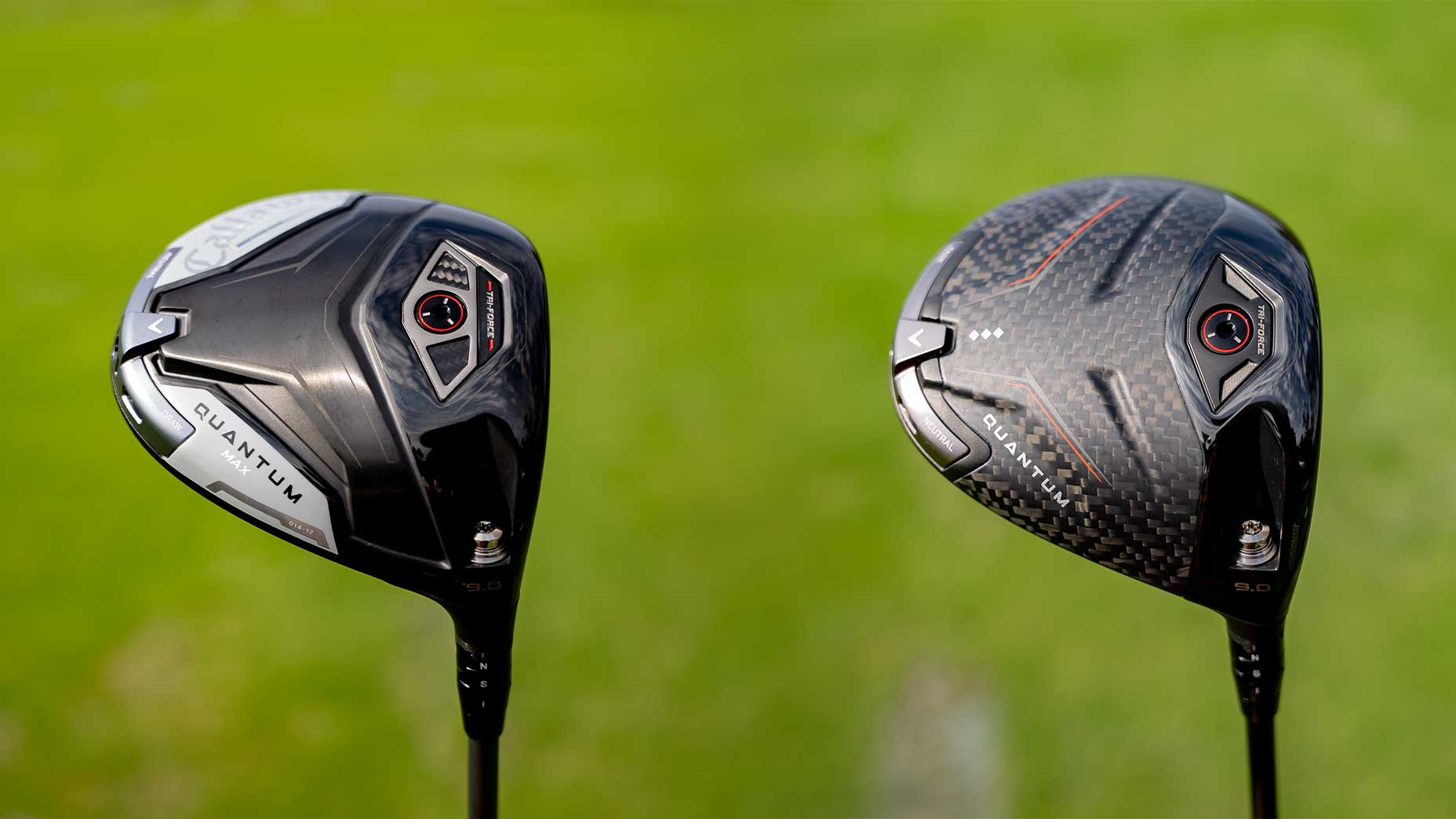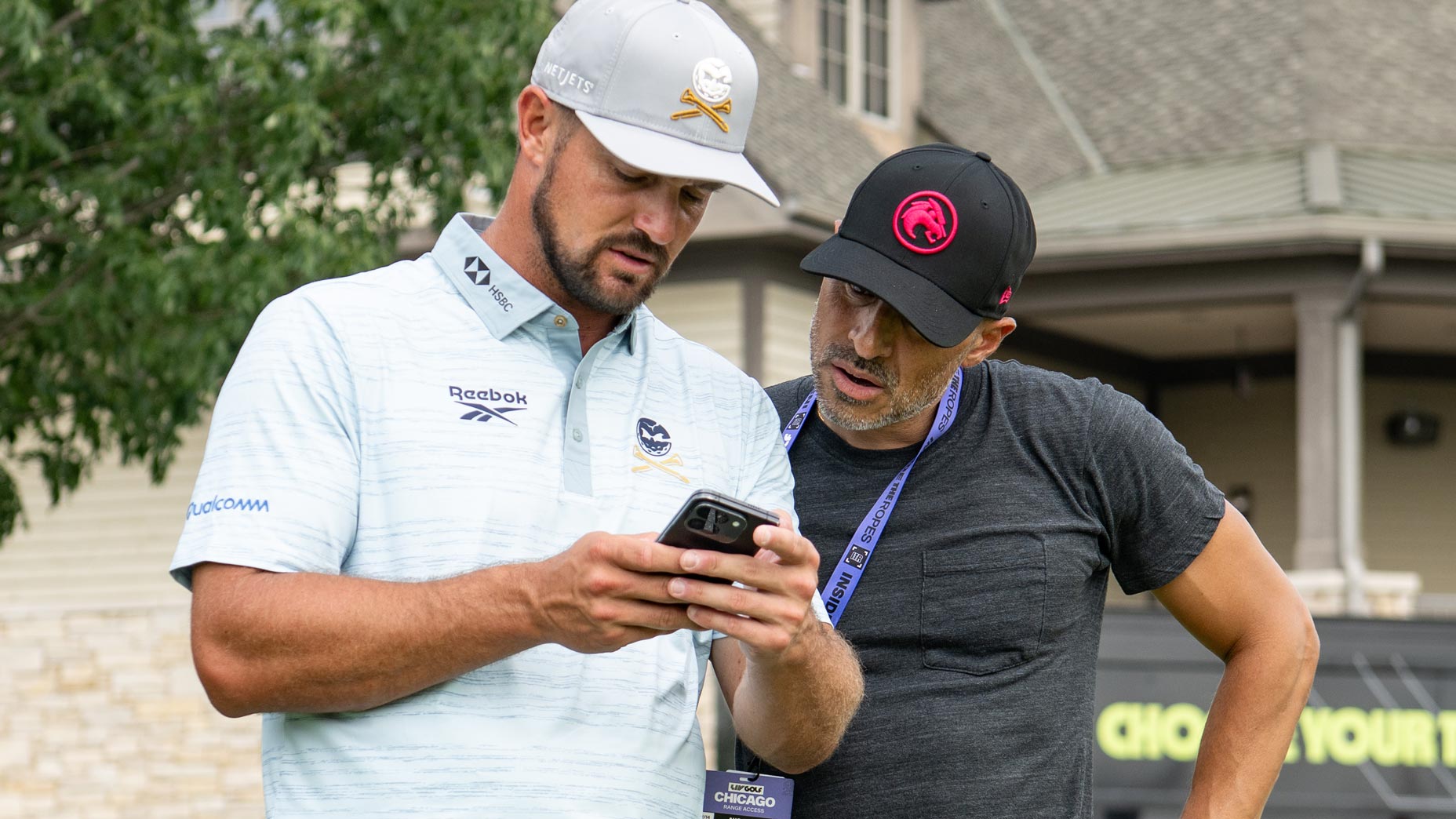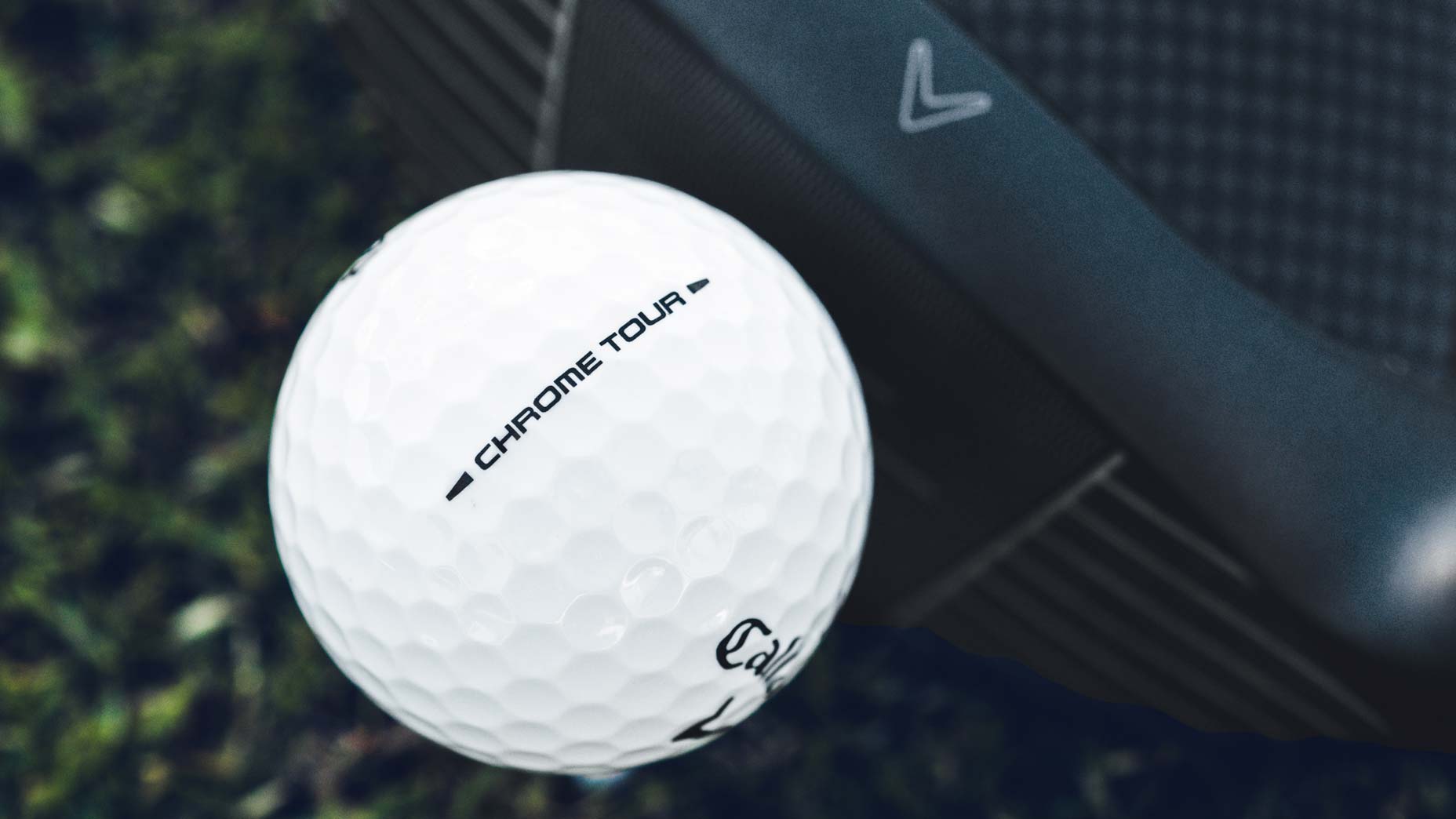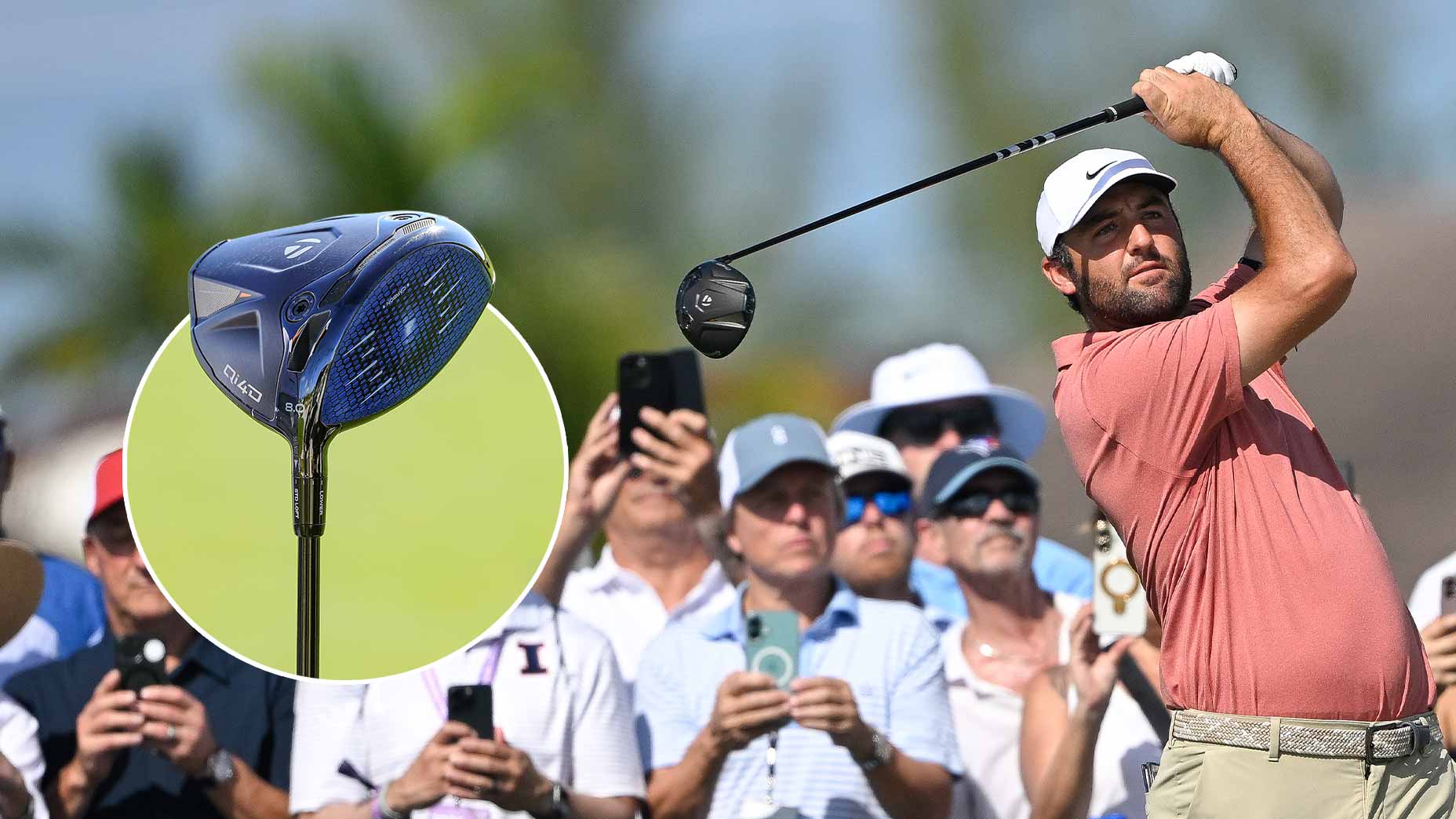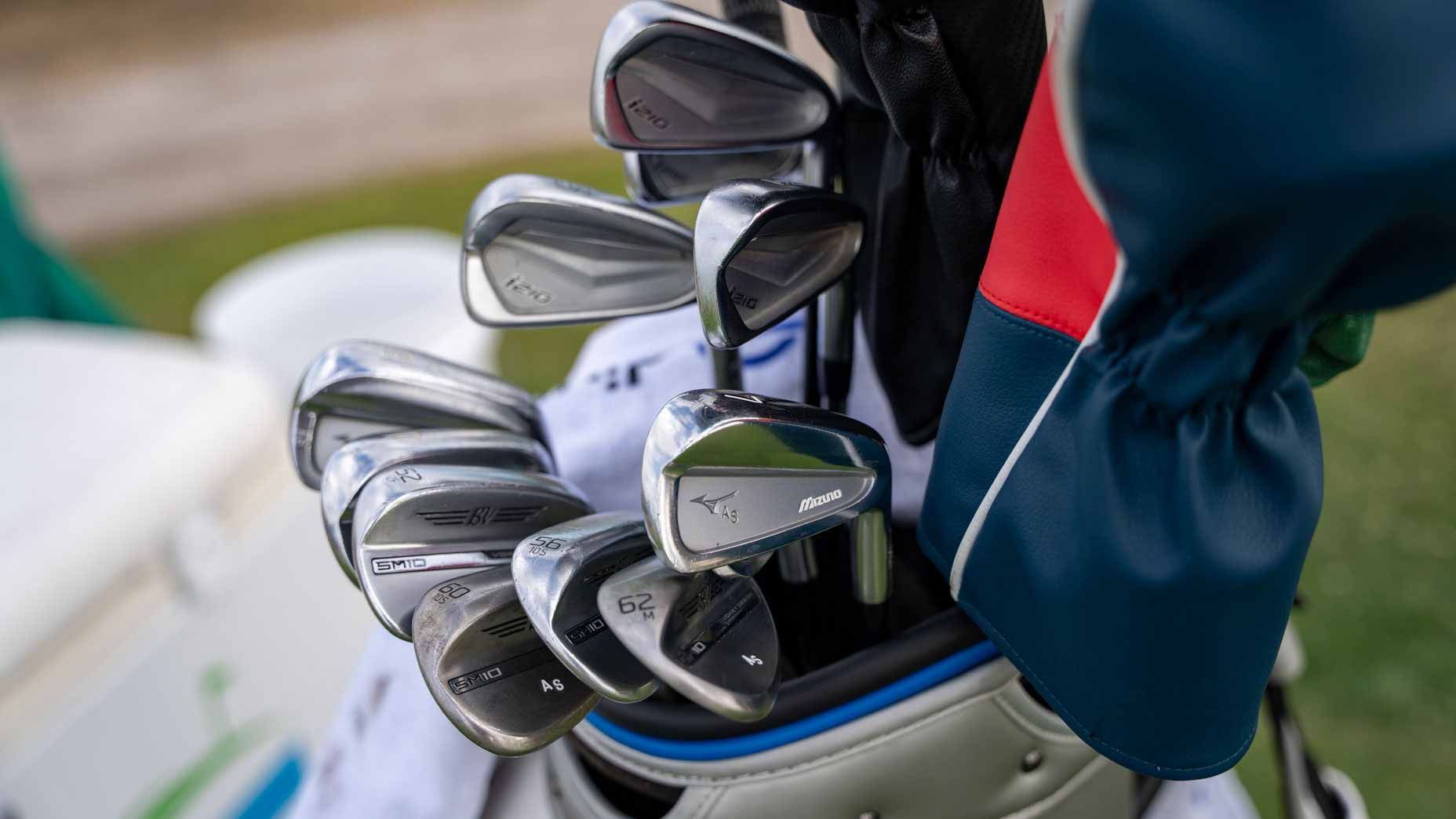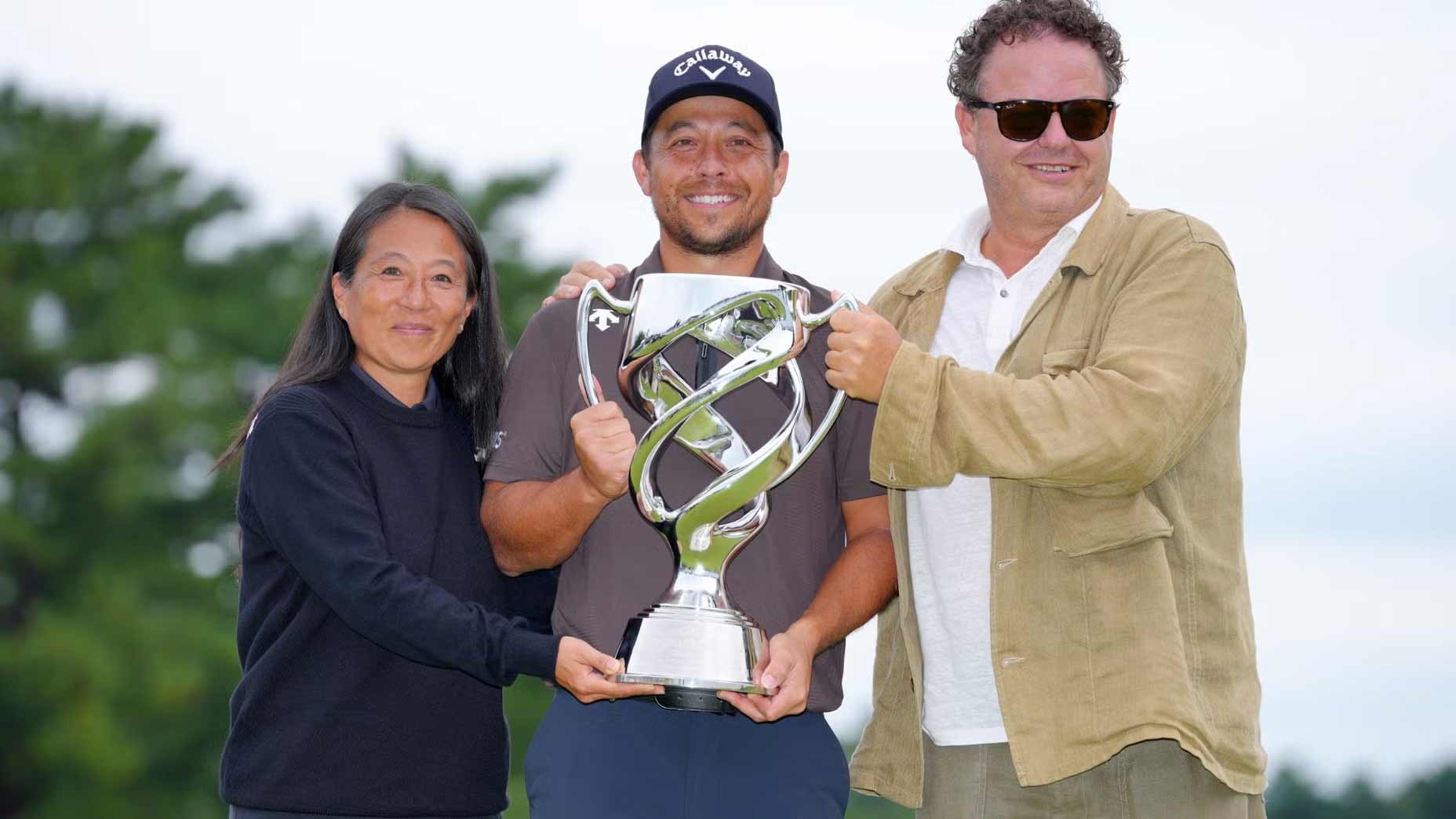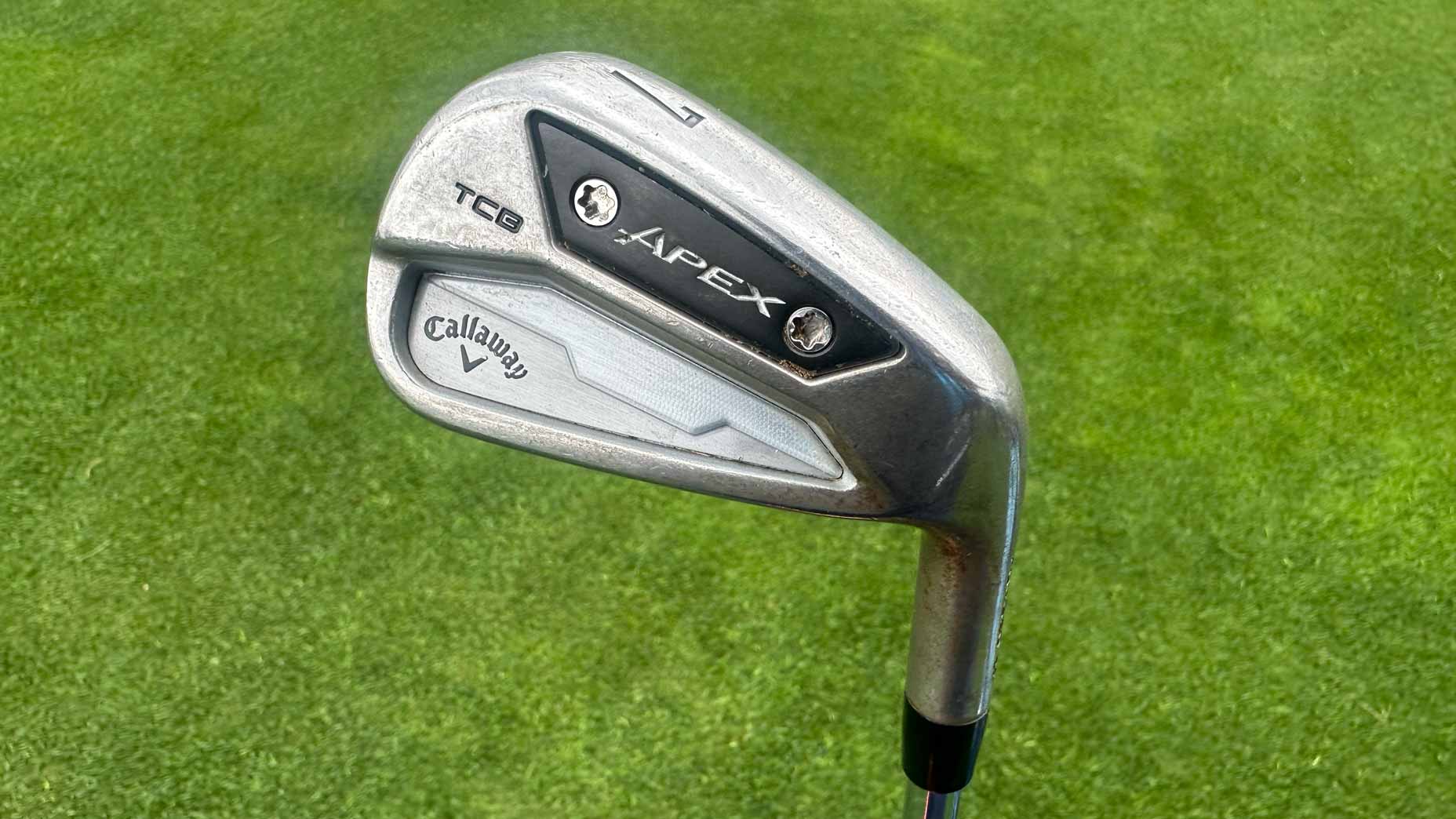Golf is a difficult and sometimes frustrating game, so we ought to control what we can control in order to play our best. Poor shots, bad rounds, poor lies, bad breaks, tough weather conditions; those things are bound to occur, and there’s not much we can do. There are a few things we can control, though, such as temperament, routine, swing thoughts, preparedness, and our equipment. It’s the last piece – equipment – that we’re here to focus on.
If you strive to shoot your lowest scores, or just enjoy the game more, then getting the correct tools in your hand – ones that are right for you – is critical. That doesn’t simply mean buying the latest and greatest equipment and hoping it works, either. Look in the bag of a PGA Tour player, and you’ll see 14 clubs carefully selected and built to match their games.
You want to play better golf? Take notes from PGA Tour players in how they go about selecting their tools. Luckily, I was recently able to spend time with numerous PGA Tour pros during a Callaway Golf commercial shoot. At the event, I asked these pro golfers what mistakes they commonly see amateurs make, and any advice they may have.
Below, Callaway staffers Francesco Molinari, Maverick McNealy, Adam Hadwin and Erik van Rooyen unload their observations and wisdom. Hopefully this helps you get on the path to better scores and more fun.
1) Know the actual distance you hit your clubs
This was such an important sticking point that Hadwin and van Rooyen both emphasized the issue. Here’s what they each had to say on the topic.
Hadwin says: “I think every pro talks about this…[amateurs] sort of over estimate their abilities sometimes. Every club that they hit; every yardage they have in their head is based on that one time they hit it with their buddies and they striped it. And it probably came in an instance where they didn’t think they could get to the green and they hit 7-iron from 175 yards and they actually got it there, or they hit it long. Now, 7-iron is [their 175 club] yet they rarely hit the center of the face, and their 7-iron average is probably closer to 165. But they’re going for the 175-yard 7-iron every time. I rarely see an amateur fly the pin in a pro-am. If anything it’s always short.”
Van Rooyen says: “I used to caddie in my college days and people would never get to the middle of the green. They would always get it front edge. They think their 7-iron flies 180, but in actual fact it flies 160. Or 150. So hit a half a club extra and smooth out that swing.”
2) Use the correct iron (and putter) constructions
Irons have different designs for a reason. There are blade-style irons that have small shapes, thin toplines, and they offer better players the control they want. Cavity-back style irons, on the other hand, provide higher-handicap golfers more forgiveness, height and distance. Both Molinari and van Rooyen spoke on how amateurs sometimes make the wrong buying decision. But, as Molinari said, it all depends on your goals.
Van Rooyen says: “[Amateurs don’t use] irons that are forgiving enough. We all love a blade looking club. We all love a blade looking putter. It’s pretty. But if an iron’s got a cavity it’s just so much more forgiving. Go to a bigger putter. Go to a mallet. It’s way more stable through impact. I play a model called the Odyssey Marxman putter for that specific reason.”
Molinari says: “I mean, obviously I love blades, and you get some advantages with blades, otherwise no one would play them. But you need to obviously be a very good player. You need to be consistent. You need to strike the ball pretty much in the center of the face most of the time… I would say 95-97 percent of amateurs at least are better suited to cavity backs. But, I know that blades are cool and they look great, and they are a great look to have in the bag.
“As long as you’re happy with your decision and you know what you’re in for, there’s no issue. In the end, it’s golf. Obviously for amateurs it’s about enjoying the game, so if you enjoy hitting the blades… and I know when you flush a blade, the feel you get off of it is nothing like a good shot with a cavity back, so maybe that one good shot is worth a few misses off the club face.”
3) Use wedges with more bounce
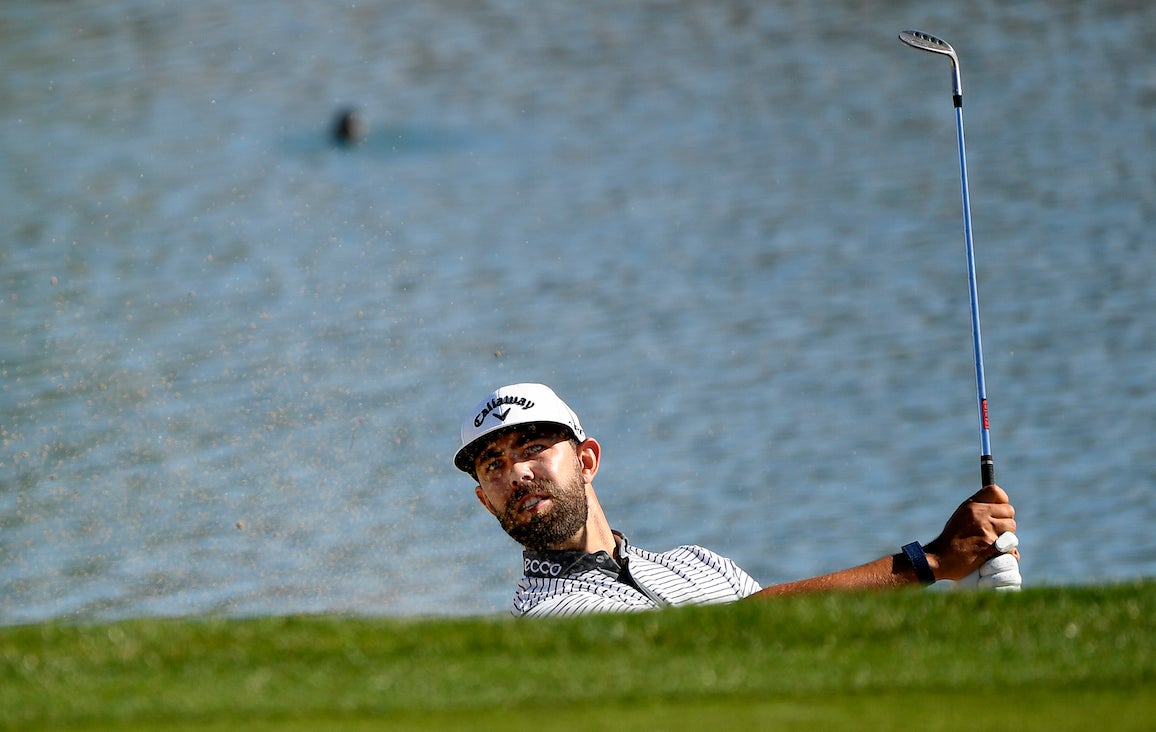
Callaway’s legendary wedge designer Roger Cleveland recently spoke with GOLF.com on this very topic, and van Rooyen drove home the point.
Van Rooyen says: “When it comes to wedges, [amateurs don’t play] enough bounce. This game, unfortunately, takes a lot of time and effort in practice to really get good at it, and if you don’t have that time, get a wedge with more bounce. It’s going to, again, be more forgiving.”
4) Get a professional fitting
As I’ve previously written about, golfers are best suited to find club setups and shafts that match their personal swing characteristics, rather than following what the pros use. Molinari spoke on the topic, as well.
Molinari says: “A lot of people don’t really get clubs fitted to themselves. So it can be a driver shaft that’s too stiff, or maybe sometimes too soft even though normally it’s too stiff. You can see guys have a set that maybe they go up to a 3 iron and they don’t use any hybrids. And you see Tour guys, most of them have hybrids in the bag nowadays so it doesn’t make a lot of sense. Lots of mistakes go back to the fact that they don’t get a proper club fitting and it’s just a bit random.”
Want to overhaul your bag for 2021? Visit the expert fitters at our sister company, True Spec Golf.
5) Start out the right way
Junior golfers, and their parents who help out, often make mistakes in the early years that shape the junior’s game in detrimental ways. McNealy, a 25-year-old 2018 Stanford graduate, provided his advice for junior golfers just picking up the game.
McNealy says: “Start with golf clubs that are light enough for you to swing properly. I see so many 6, 7, 8, 10 year olds swinging these full-length clubs that are cut down, and they don’t swing the club; the club swings them. I actually started out with a U.S. Kids set. They were very light, very whippy clubs. I had a 35-degree fairway wood, which is what my 7 iron is now, but those allowed me to learn how to swing properly at an early age, and be an athlete.
“I used women’s clubs – my mom’s backup set – when I was in middle school, and then moved to my dad’s old set when I was in high school. Then, finally, got my first fitting my sophomore year of high school, and that was a big deal for me. I think more so than going to an actual fitting, you want to have the right shaft and the right head weight on golf clubs that you can make. Instead of going for the really cool models, I think younger players should go for some of the junior sets, some of the specific junior sets that are made, and I know Callaway is making some really good ones now, too.”
For more on the latest gear news, check out our latest Fully Equipped podcast below.
